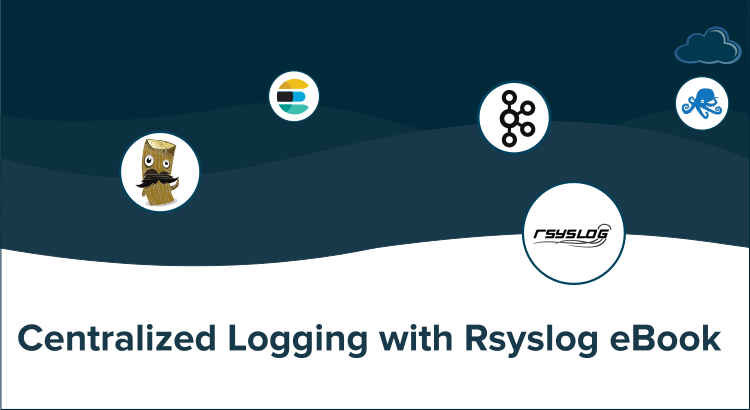

SOURCES : this is the logs sources to collect.
#Docker syslog ng install#
Install syslog-ng and the last certificates.In this guide we will install Syslog-ng : What's this? It's a tool that collects logs from any source, processes them and delivers them to various destinations, like the Logs Data Platform. However this configuration should work on any syslog-ng version above 3.8. You can still read this entire document to have a grasp on how the template is built.
#Docker syslog ng how to#
Please refer to their own documentation to know how to setup a template and a external destination for the logs. This guide DOES NOT fully cover how to configure other flavors of syslog nor other OSs. We wrote an independent guide for this, please read it and come back here after : Quick start Good? let's go to following step then ! Install and configure a log collector Verify that everything works already perfectly. Configure your Accountįirst thing to do is to configure your Logs Data Platform account: create your user, a stream and a dashboard.
#Docker syslog ng password#
Jan 29 18:39:24 server sshd: Failed password for root from 59.45.79.51 port 39827 ssh2Ĭonclusion : lot of info, with a date, a process, a description. Jan 27 12:21:15 server syslog-ng: syslog-ng starting up version='3.8.1' Here are some example logs from an OVHcloud Public Cloud instance on Debian 9 : With this platform, you'll be able to sort logs and create fancy dashboards. But logs can be difficult to read without proper tools. RAM usage, file downloads, login attempts, network failure.

On Linux, logs are generated automatically, for a variety of actions. To create at least one Stream and get its token.Activated your Logs Data Platform account.Command lines will be for DEBIAN 9 in this tutorial A Linux based instance (server, VPS, Cloud instance, Raspberry Pi.Don't be afraid, it will be easier than you think. In this guide will show you how to send Logs from your Linux instance to Logs Data Platform. You have a server, a raspberry pi, a cloud instance or something else running on Linux and you want to follow your Logs, the easy way? You have never installed a log collector and you're new to Graylog?


 0 kommentar(er)
0 kommentar(er)
